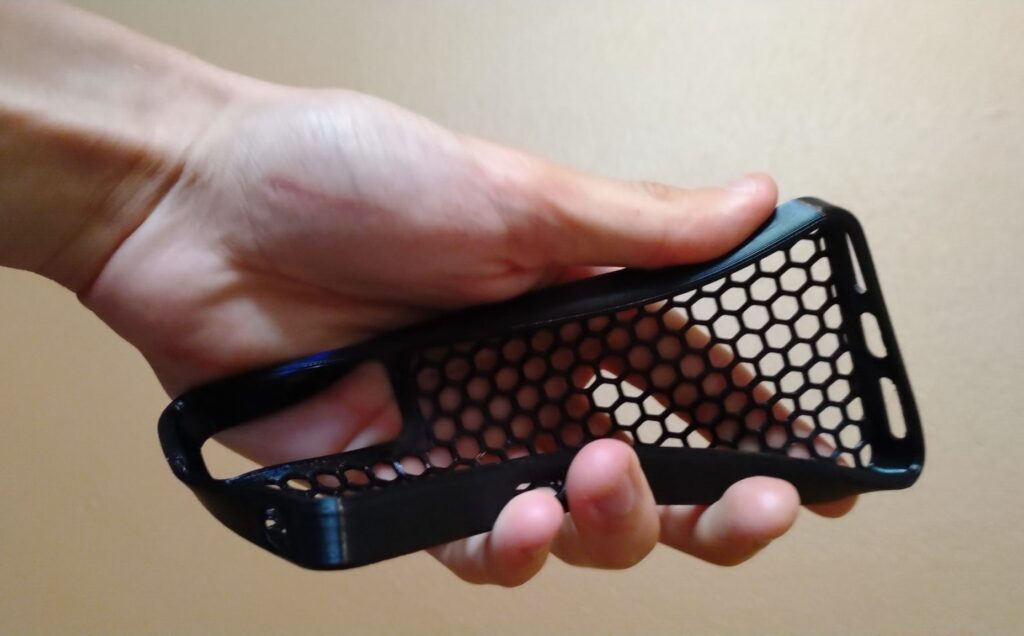When it comes to 3D printing, the material you choose can be the difference between a successful print and one that simply doesn’t hold up. Among the various thermoplastic materials available, TPU (Thermoplastic Polyurethane) stands out as a versatile and resilient option.
TPU is known for its exceptional flexibility, making it a popular choice for parts that require bending, stretching, or impact resistance. This material is especially beneficial for applications that demand both durability and elasticity, such as phone cases, shoe soles, and mechanical components.
One of the most significant advantages of TPU is its ability to maintain its properties over a wide temperature range. Whether it’s a cold winter day or a hot summer afternoon, TPU parts remain functional and robust. Additionally, TPU is resistant to oils, solvents, and weathering, making it a reliable material for both indoor and outdoor use.
Printing with TPU can be a bit more challenging than with other materials, but with the right printer settings, filament dryer, and support structures, you can achieve excellent results. It’s important to use a printer that supports flexible filaments and to adjust the nozzle temperature and print speed accordingly.
In summary, TPU is a powerful, flexible, and durable material that offers a wide range of benefits for 3D printing. Whether you’re looking for a material that can withstand the test of time or one that can bend and stretch without breaking, TPU is definitely worth considering.
At Vegreville Tech Solutions, we specialize in helping you bring your 3D printing ideas to life. Whether you’re looking to design and prototype your next project, or are simply looking for advice, we’re here to help.
